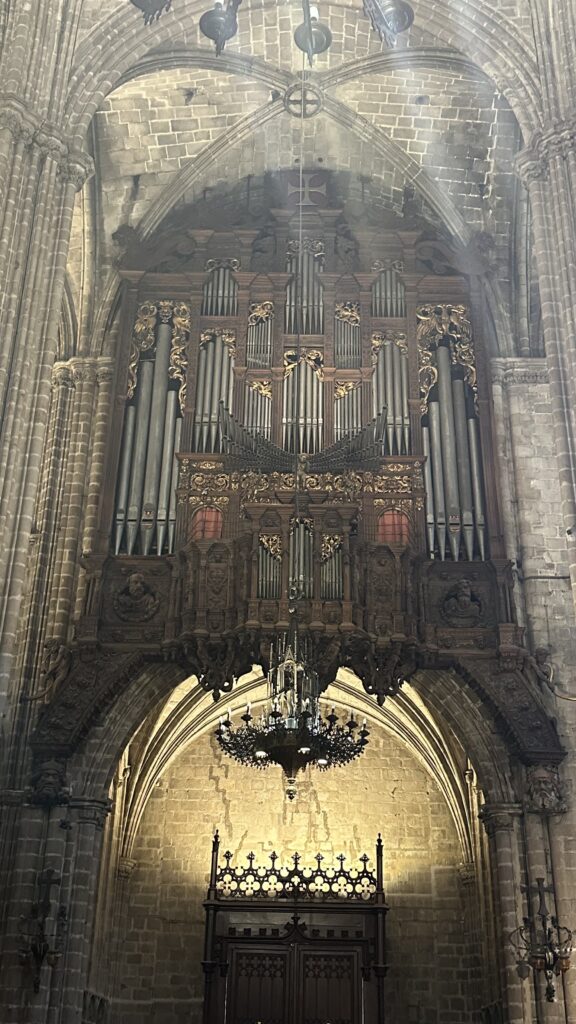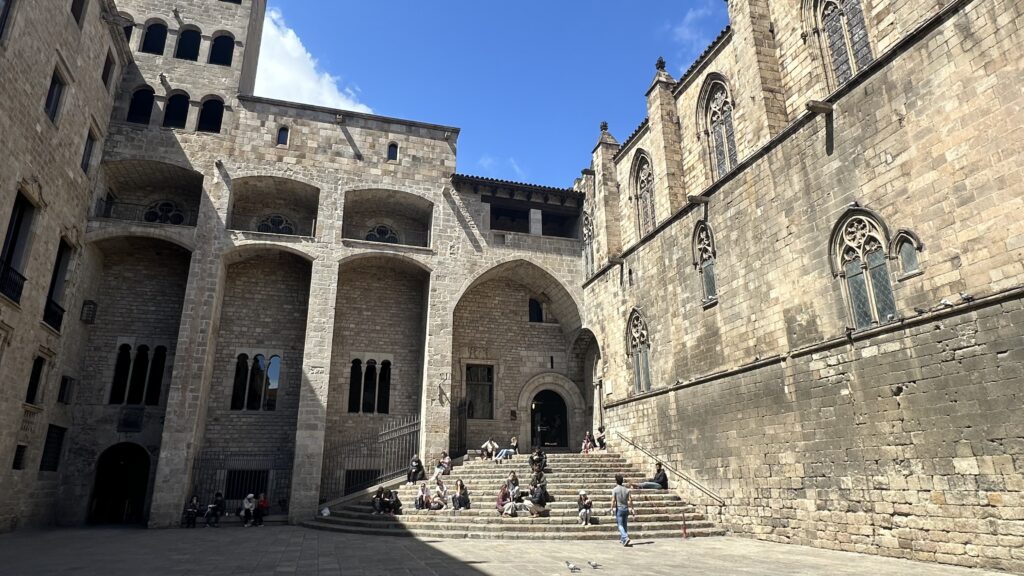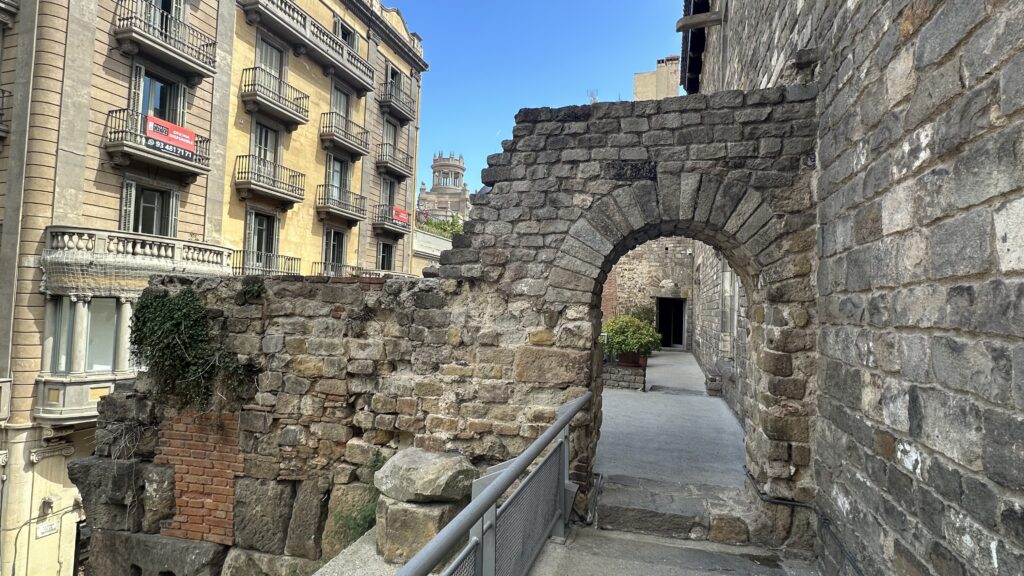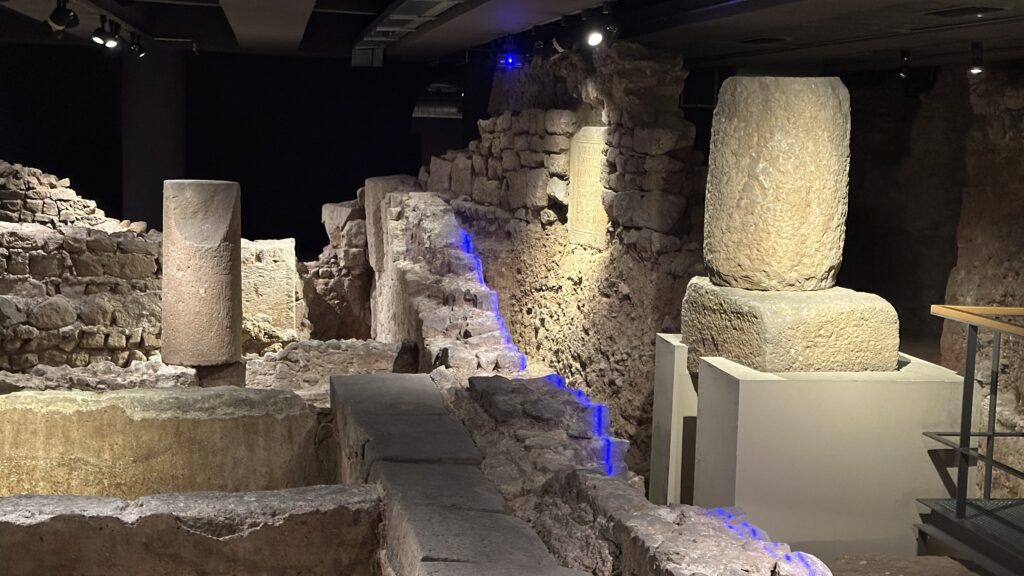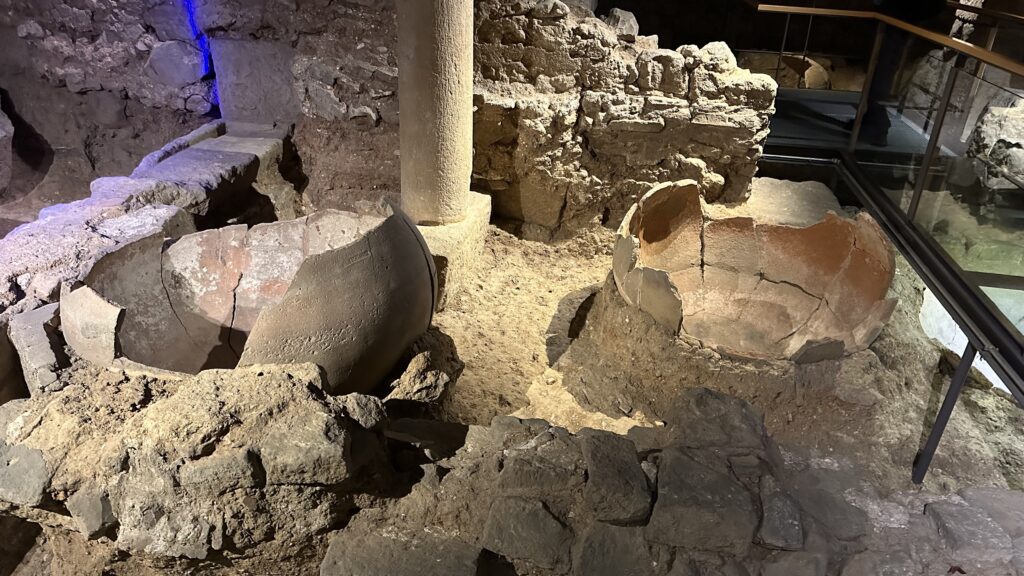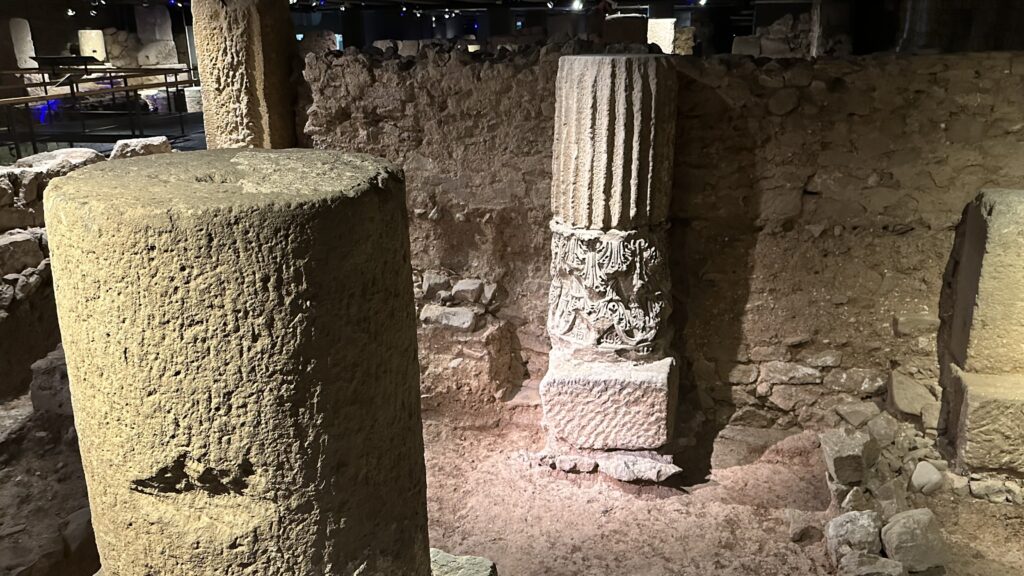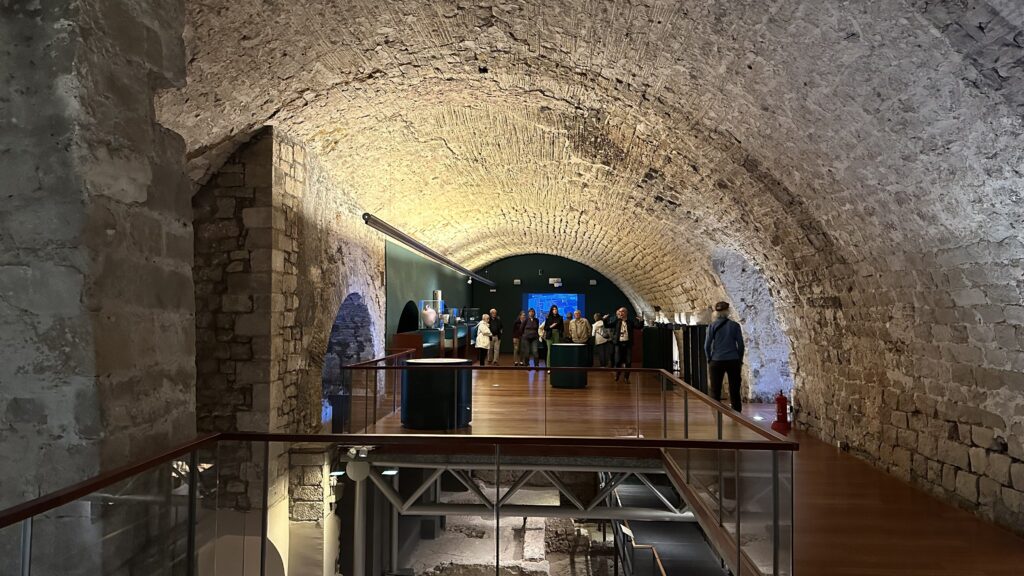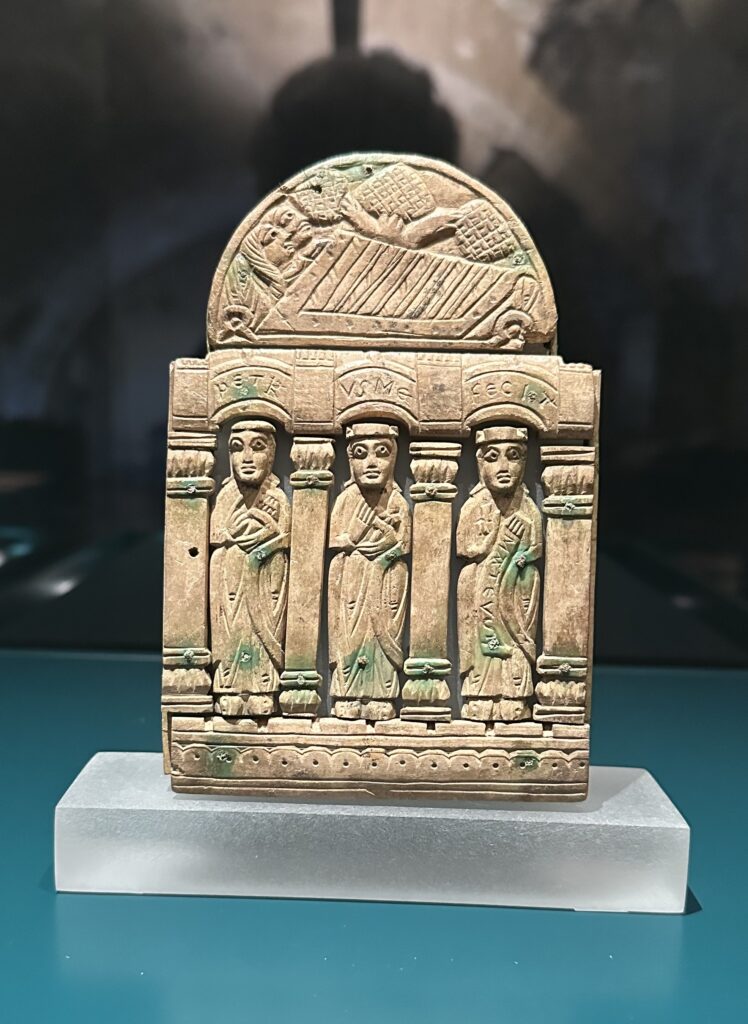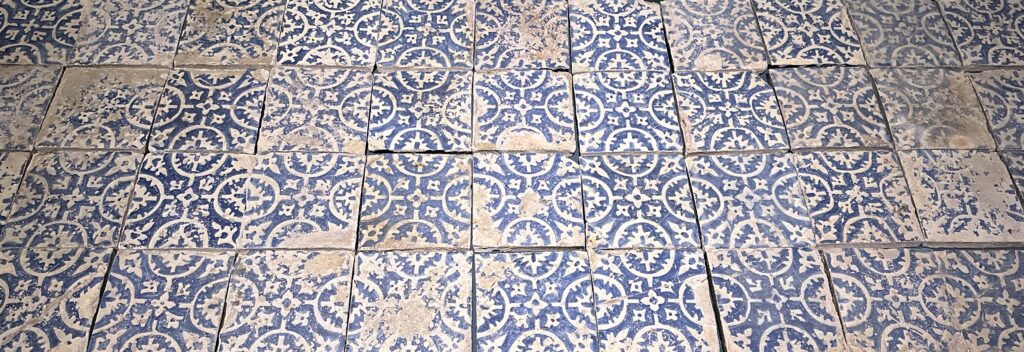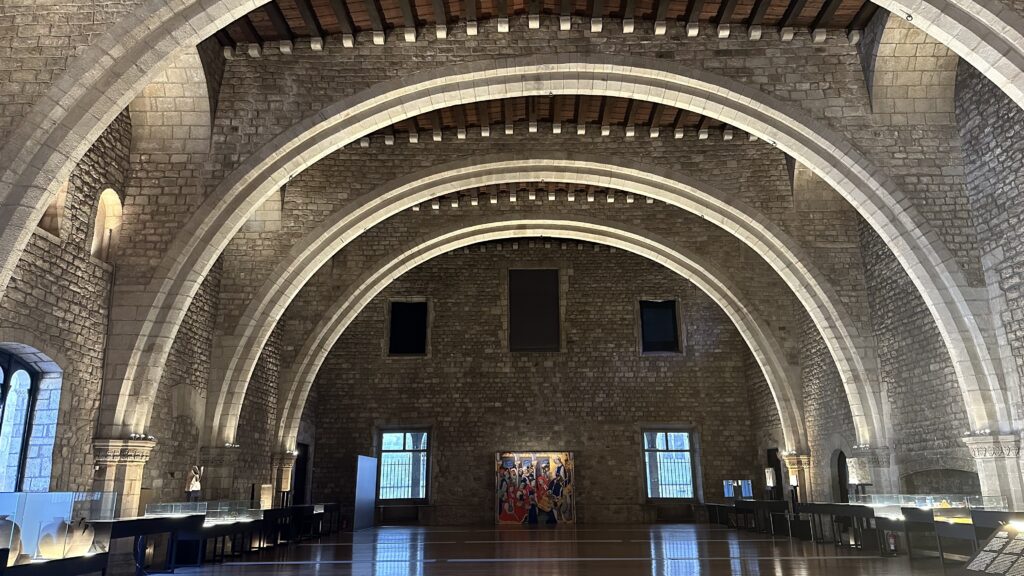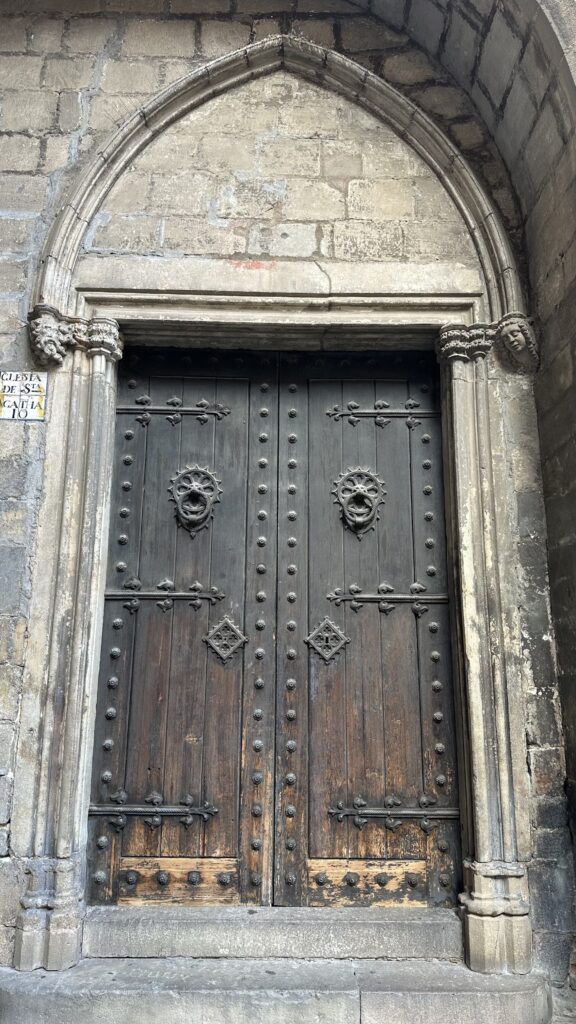We arrived in Barcelona at 6:30am after a flawlessly executed but not very comfortable (cramped, terrible food, and turbulent—but cheap!) 30 hours of travel that included two red-eyes. The Barcelona airport is a model of efficiency. Got through customs and baggage claim quickly and a ride to our hotel was waiting for us when we were done. We got to the hotel by 7:30, and although they graciously took our luggage, the room wasn’t going to be ready until around 10:30, which we knew beforehand. So—we had been awake and in the same clothes for 30+ hours, were dead tired, and had nowhere to rest. Let’s go exploring!
With nothing specific in mind, we walked out of the hotel and took the first interesting alley we saw. That led us immediately to the Plaza de Seu, on which the magnificent Catedral de Barcelona sits. This was one of the sites on our list. Why not?
The Catedral is glorious—the rival of anything that Toledo or Granada has to offer. The interior is.a spectacular mix of huge vaulted ceilings, stained glass, and intricately carved wooden ornaments. A grad pipe organ—or at least what’s left of it—dominates one end of the apse. There are 24 capellas situated around the main part of the church dedicated to various saints, most with overly-liberal use of gold leaf. Were you aware that shoemakers have a patron saint?
After climbing the narrow stone stairs to the roof and circumnavigating the church its capellas several times, we went back to the hotel, showered, rested a bit, and then decided lunch was in order. Found a little hole in-the-wall pizza/sandwich shop and followed that up with some excellent gelato, from a shop which happens to be right across the street from our hotel and is one of several we encountered on our wanderings, we decided that we had enough time and energy to visit the Museu d’Historia de Barcelona, as it’s just a block away from our hotel.
MUHBA could easily consume an entire day. It’s a fascinating social and cultural history of Barcelona, from its beginning in the 1st century BC as a walled Roman outpost to the current, and conflicted capital of Catalan, a semi-autonomous region of Spain with its own version of Spanish. (If some of the place names I use look like incorrect Spanish, it’s probably because all signage here is in Catalan. Very similar so Spanish—more like a dialect than a distinct language. We’ve had no problems reading Catalan.)
The most compelling part of the MUHBA is the extensive underground tour of the excavations of the Murella Romana, the remains of the wall and aqueducts) that protected the original city and its subsequent iterations. The Murella is visible in many parts of the city and has been extended and reinforced throughout its history. Before the middle of the 19th century, when folks realized that historical architecture should be preserved, much of it was disassembled and reused for other projects. The excavation alone is worth a day.
Dinner was tapas. Early bedtime tonight. Tomorrow, Le Pedrera, and then who knows what?
Some images from the Catedral: (There are more, perhaps better images of these sites on the Photo Dump page)
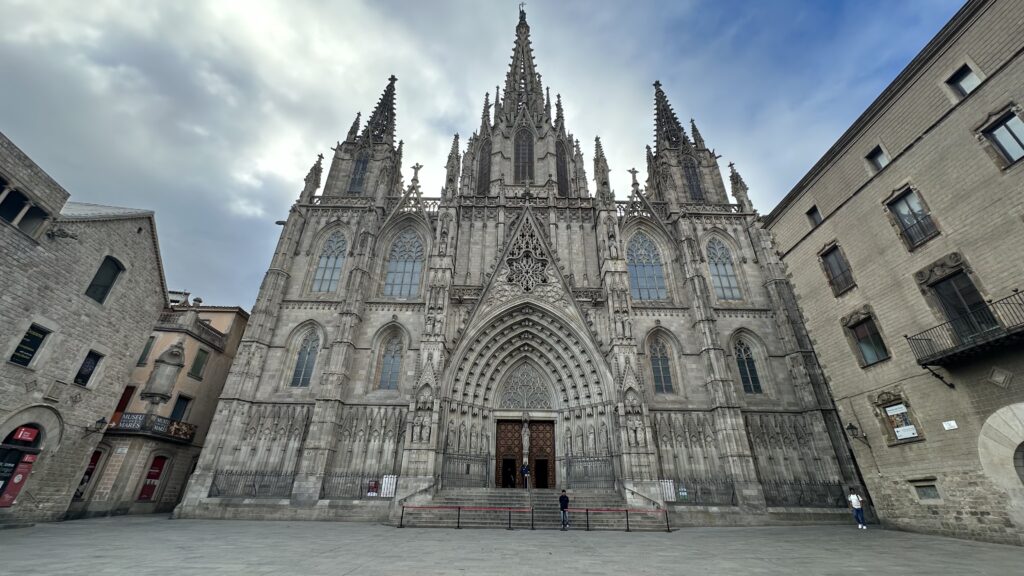
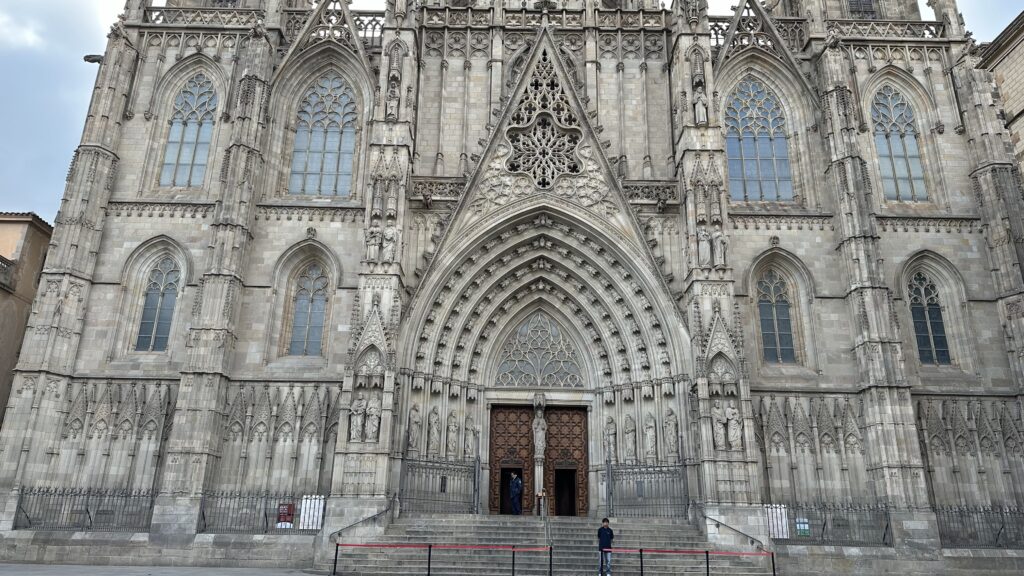
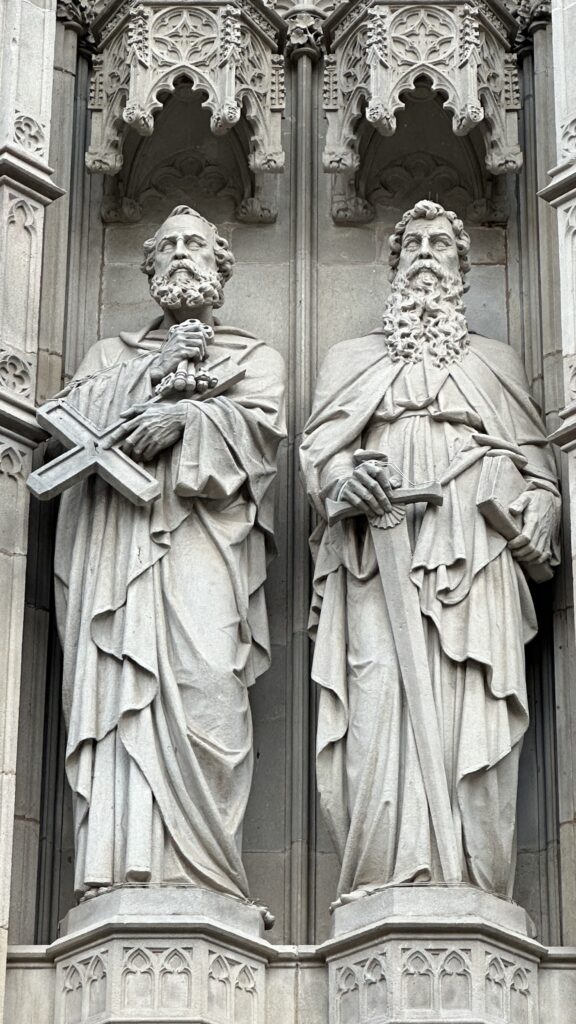
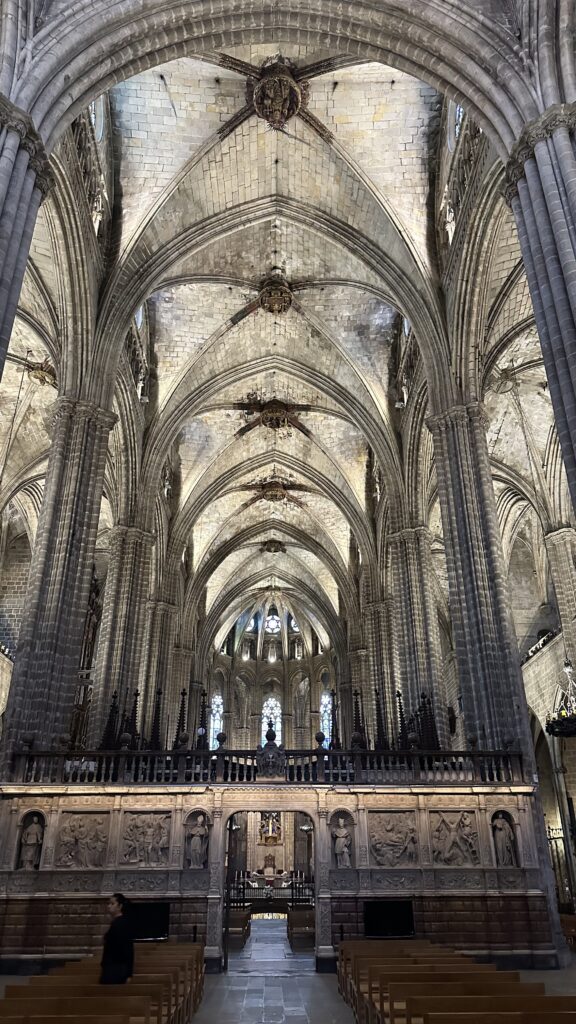

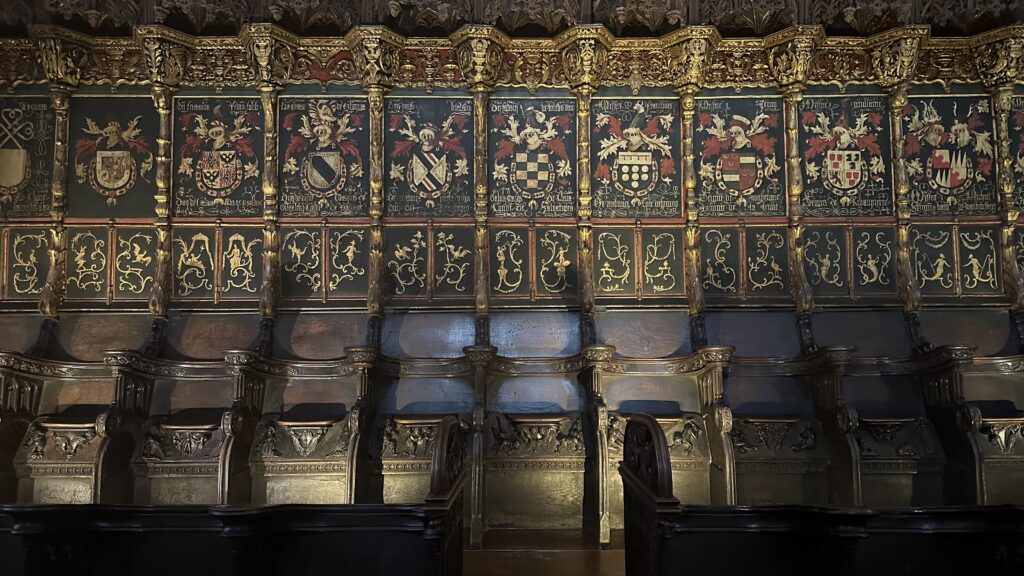
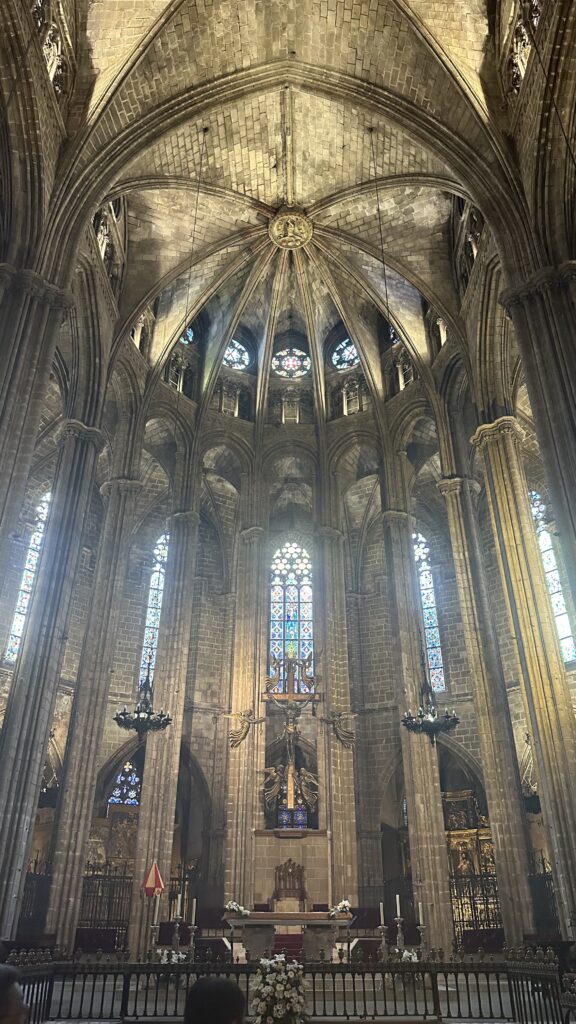
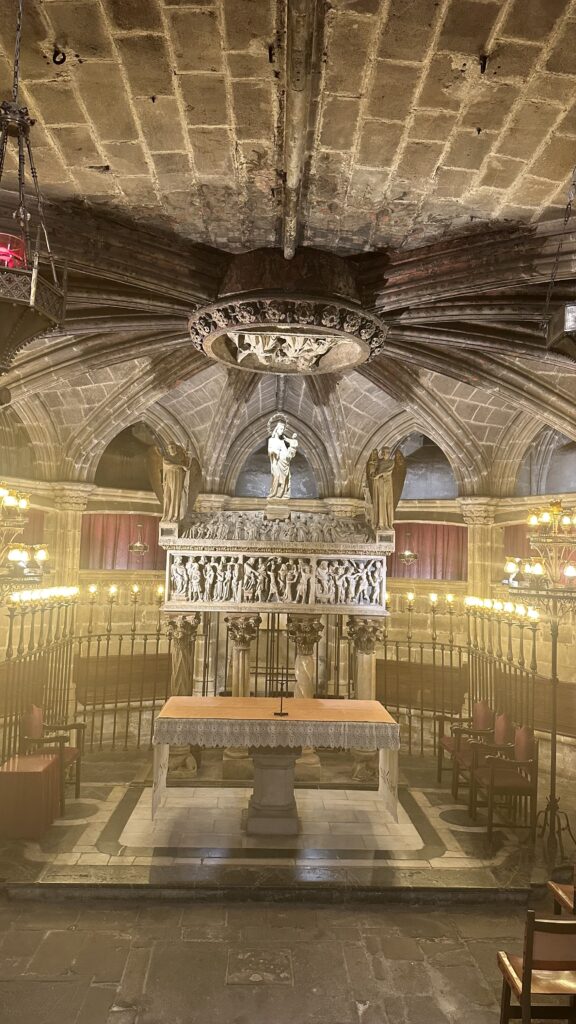
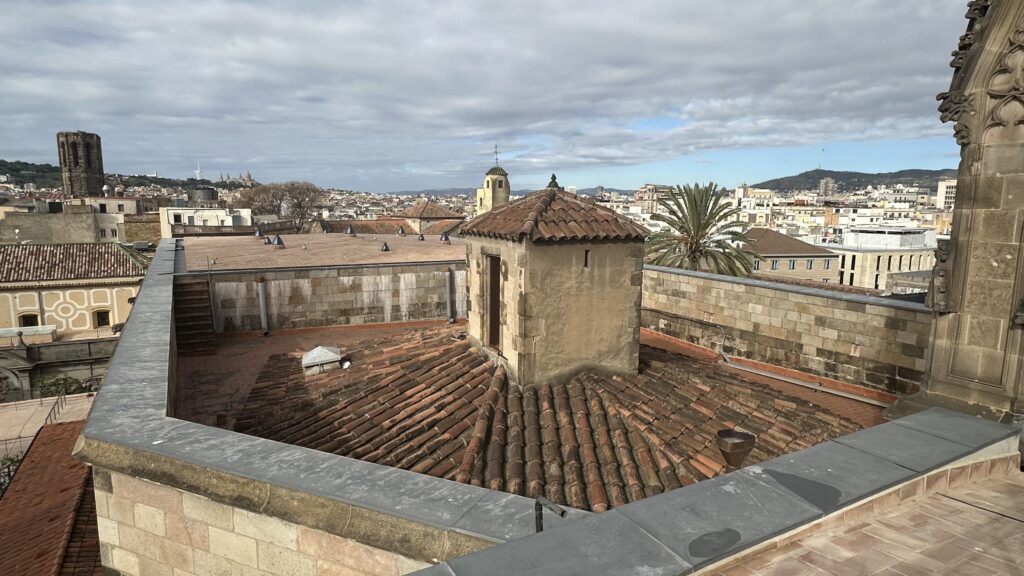
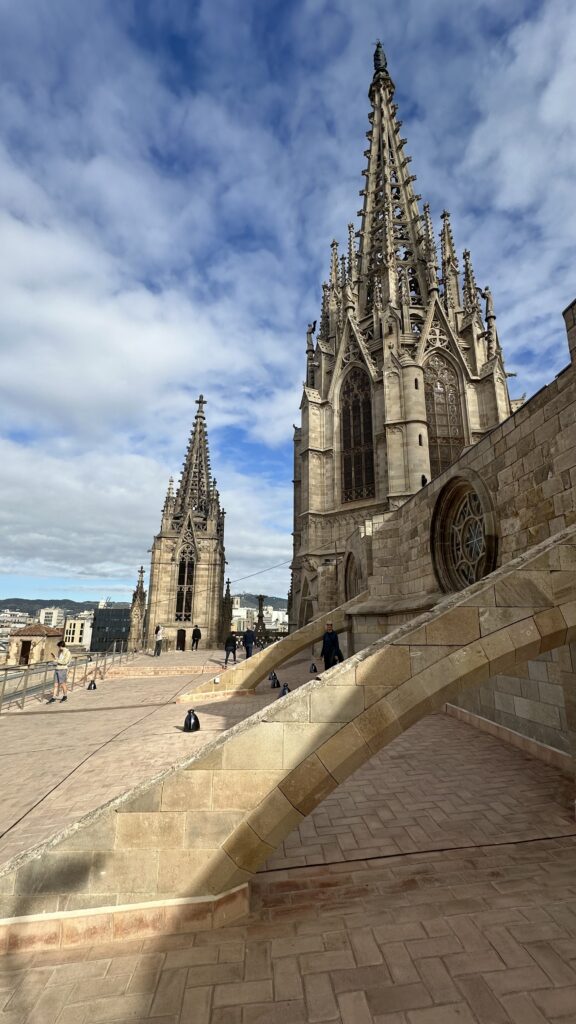
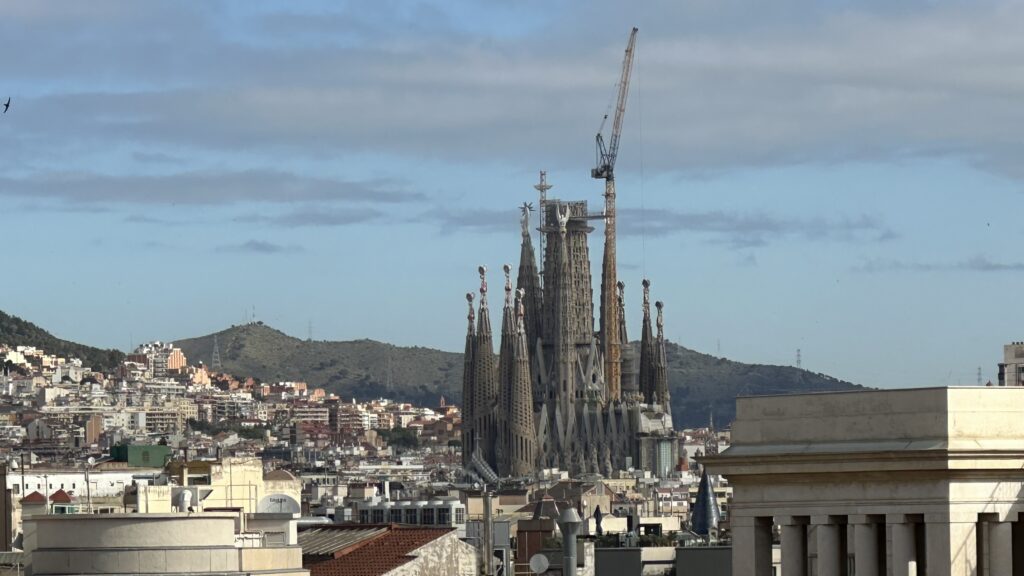
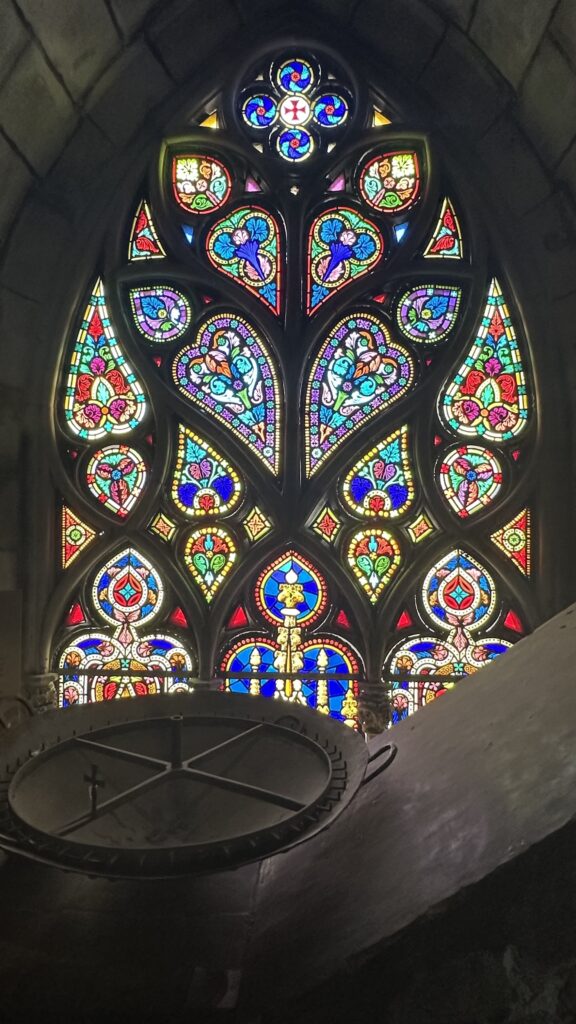
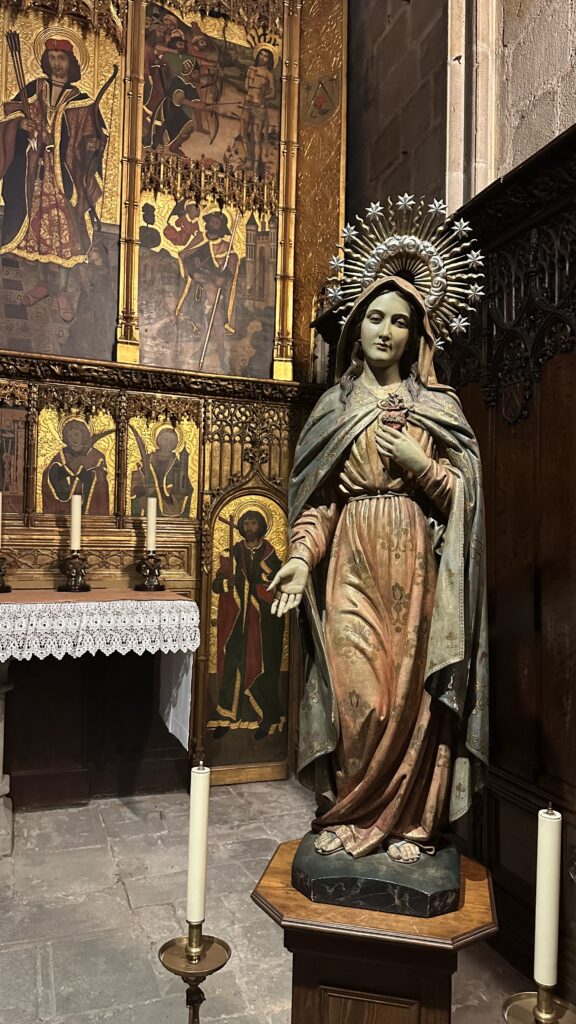

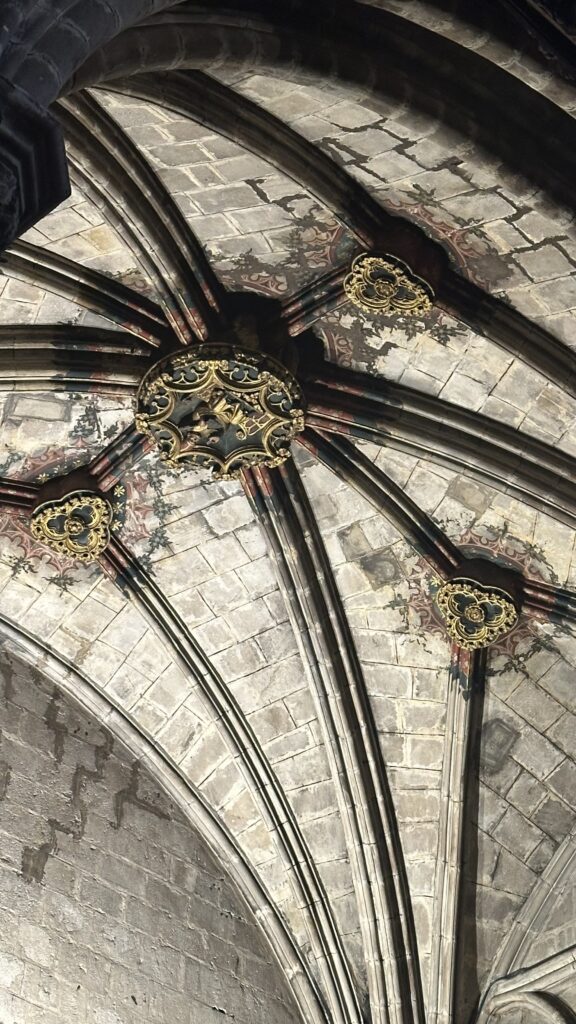
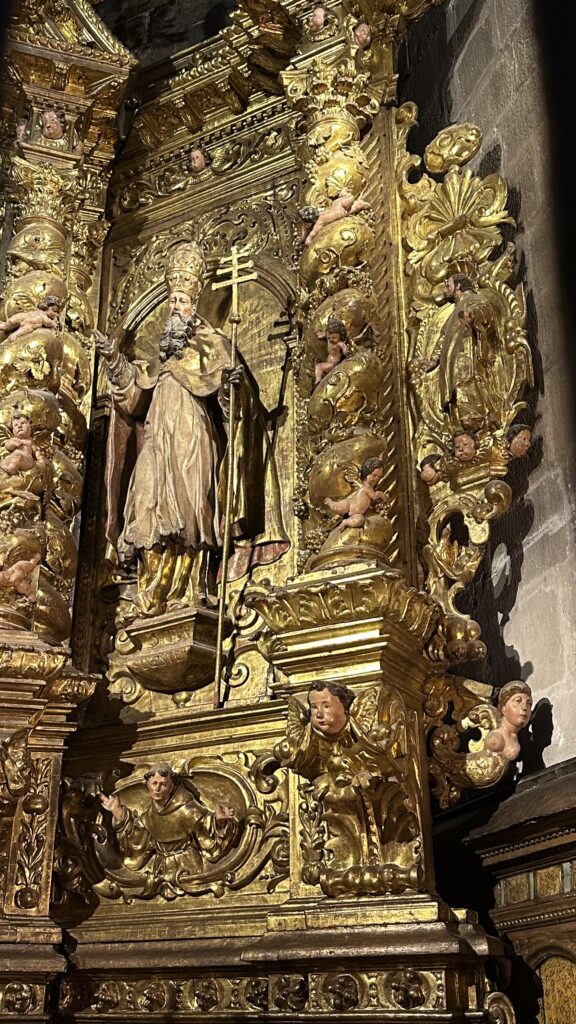
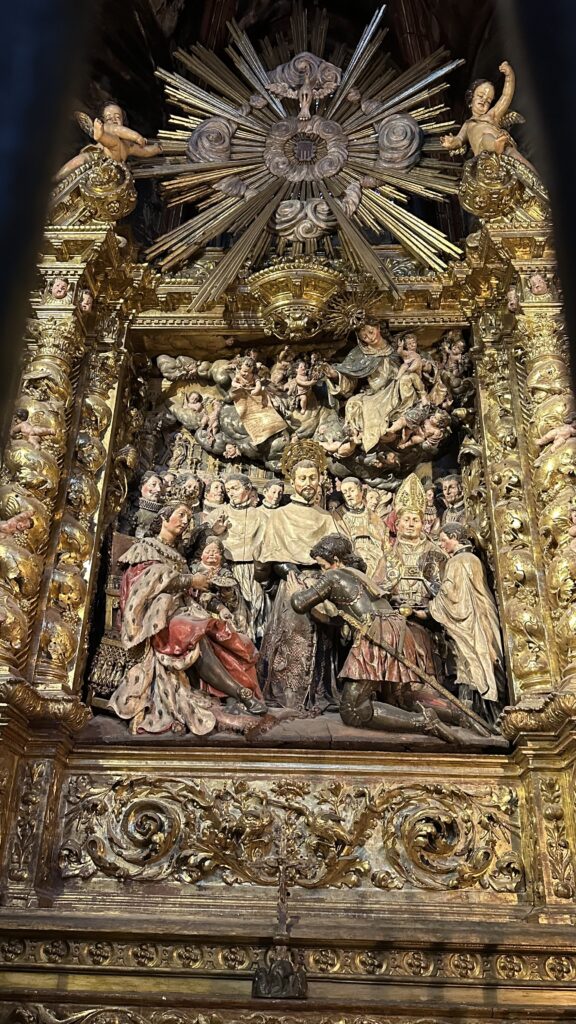
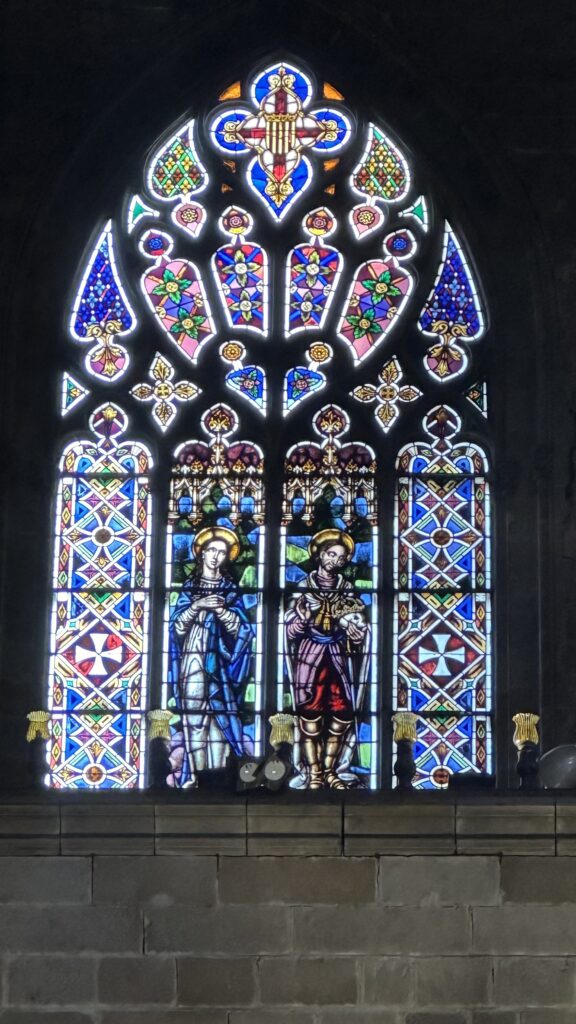
The Murella Romana:
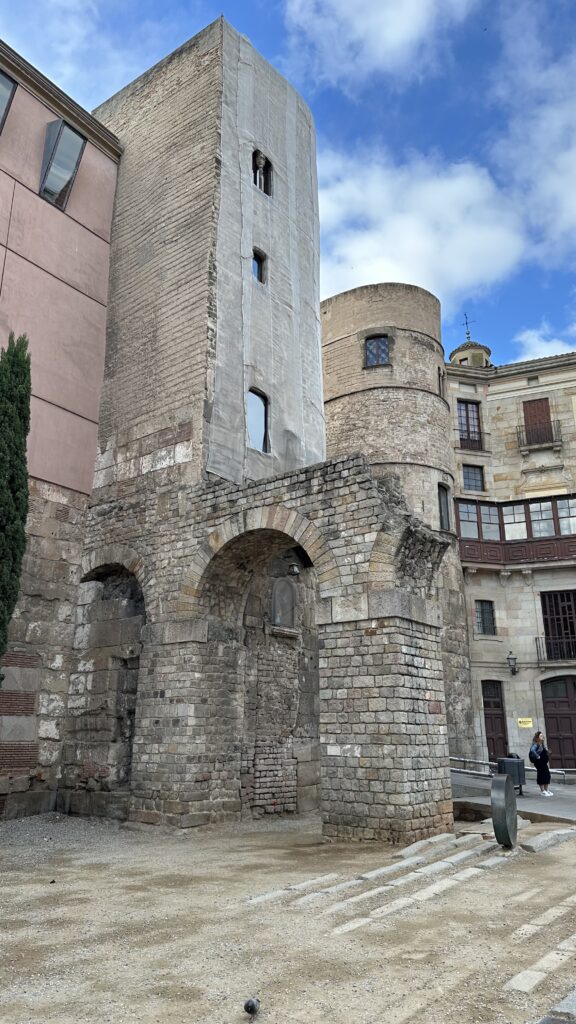
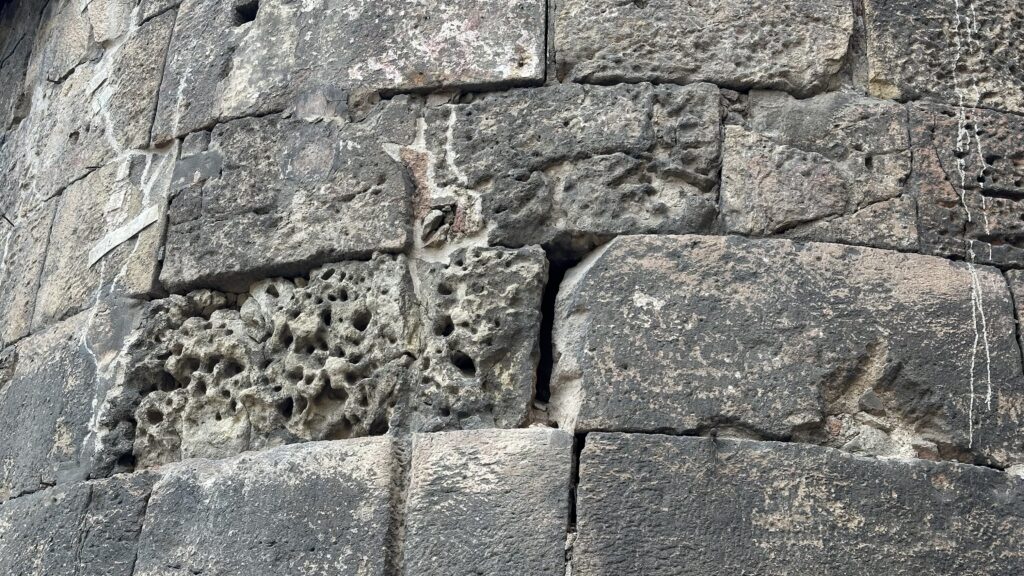
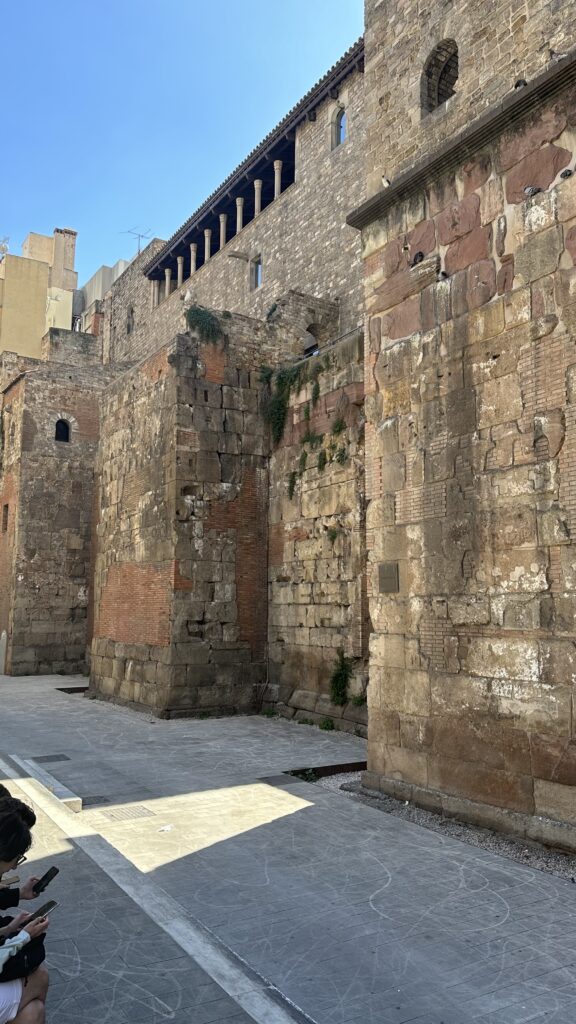
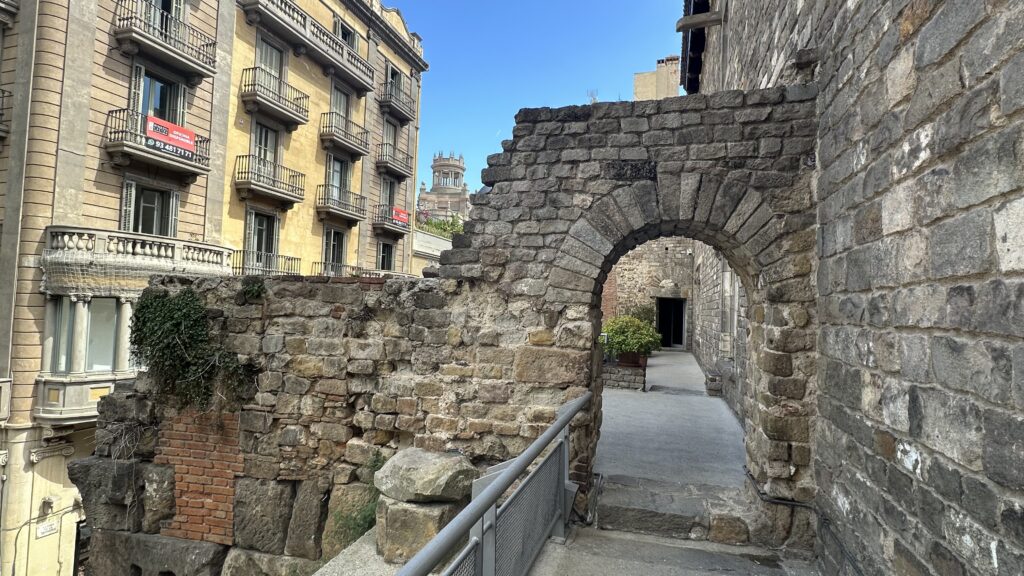
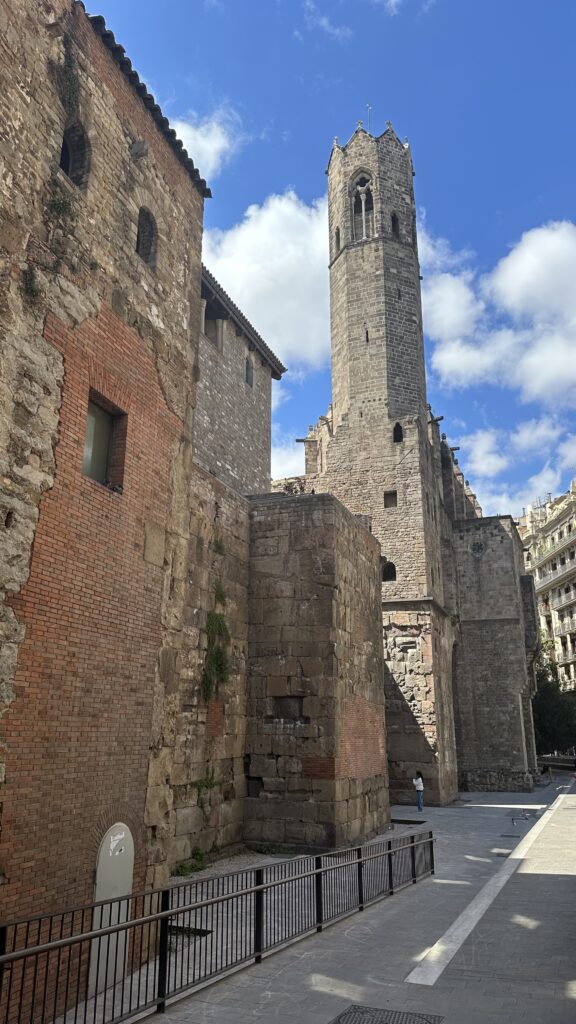
The Museu d’Historia (which was built around the Murella Romana):
